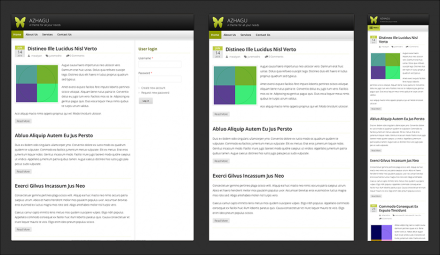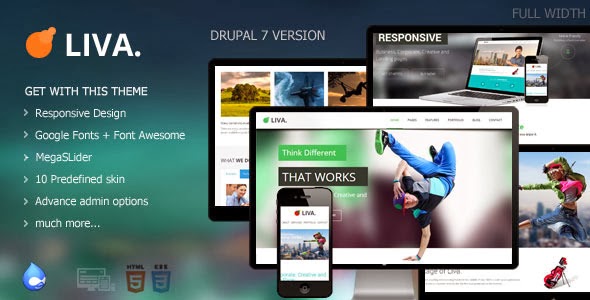

Looking at that documentation more, I decided I wanted this set-up: Article Title Authored On Summary Read More They have an example of a card with an image at the top, and the title, summary, and a button inside.
#Drupal view responsive columns code
card-body so the example code in this article have been updated. Go somewhere Įdit Sept 1, 2017: Bootstrap 4 is now in beta, so there have been some changes.card-block is now. Look again at Bootstrap 4’s card component markup: Card title Some quick example text to build on the card title and make up the bulk of the card's content. Make cardsĮach of the six ‘Content:’ fields I pulled in and hid serve the purpose of getting those pieces of content available for me to fuss with, i.e. List-unstyled is Bootstrap 4’s way of removing all list-y formatting from lists. That done, I need to add classes to the ul itself under List class. See Bootstrap 4’s utility class documentation.

mb-3 is a utility class that adds a margin-bottom. Then, when the screen is wide, they will take up 4/12 columns, so col-lg-4. Just spaces between, order doesn’t matter.Īccording to Bootstrap 4’s grid documentation, col-md-6 means that on medium width screens, the column with take up 6/12 columns, so half. This will add classes to each li element in the HTML list. I want the articles to appear in columns.īack under Format: HTML List | Settings I added Bootstrap 4 classes to the Row class field. Header (I made a Global: Text area header so there would be some text before all my news.) 2. Page Settings Path: /cards (Create a url for this page) We will come back to this)įilter Criteria Content: Publishing status (= Yes) Content: Content type (= Article) Do not ‘Create a label’.) Content: Image (Formatter: URL to Image) Content: Title Content: Authored on (I use the custom date format D, M n, Y - ga) Content: Body (Formatter: Summary or trimmed) Content: Path Global: Custom text (This is the magic. Title: News (Name that will show up on the page.)įormat Format: HTML List | Settings (We will come back to these settings) Show: Fields | Settings (We will come back to these settings)įields (Add in these fields in this order and check “Exclude from display”. Here's the code, usinghook_entity_info_alter (assuming a module entitled custom.And going through those settings step-by-step:ĭisplay name: Cards (Use whatever name makes sense to you. Media 2.0-unstable7 (the latest version of Media 2.x) contains only serveral view modes-"Link" and "Original"-so let's go into code, in a custom module, and quickly add some custom view modes. My images can fall into those size categories depending on how many columns they need to span (depending on screen size, of course). For this site, I created a "Quarter-page", "Half-Page", "Tablet Page", and "Full Page" sizes. On the website I'm currently building, I have a 4-column responsive design that goes up to a max-width of 1160px with 3 20px gutters, which means that each column's max-width is 275px. Go to Admin » Configuration » Media » Image Styles, and add several styles that you will use for your responsive site. This assumes you have the following modules installed:įirst, let's create some image styles. It's several layers deep, and if you miss one step, you could end up with. These two modules integrate, in turn, with Media 2.x, which is Drupal 7's go-to media handling solution.īreakpoints and Picture are fairly new, though, and have very little documentation, which meant I had to stumble through the darkness of theme-specific responsive breakpoints, Picture module settings, Image (formerly Imagecache) presets, and Media view modes. The Picture module implements the Filament Group's Picturefill JavaScript polyfill, which downloads one of several pre-cropped image sizes and displays it on the page depending on screen or browser width.

In Drupal, two modules that are "in core"-officially part of Drupal-in the yet-to-be-released version 8, are Breakpoints and Picture.
#Drupal view responsive columns download
No sense in forcing the user to download gigantic, desktop-sized images on a tablet or phone, right? Then there's the issue of image art direction, by which I mean allowing designers to crop images for specific screen sizes rather than scaling a large image whose detail is unintelligible on small screens. One constantly-changing element within the reponsive design discussion is that of responsive images-that is, creating images in such a way that smaller files are automatically downloaded on smaller screens, saving often-valuable bandwidth on mobile devices. Note: this post assumes a basic understanding of Drupal and responsive design.


 0 kommentar(er)
0 kommentar(er)
